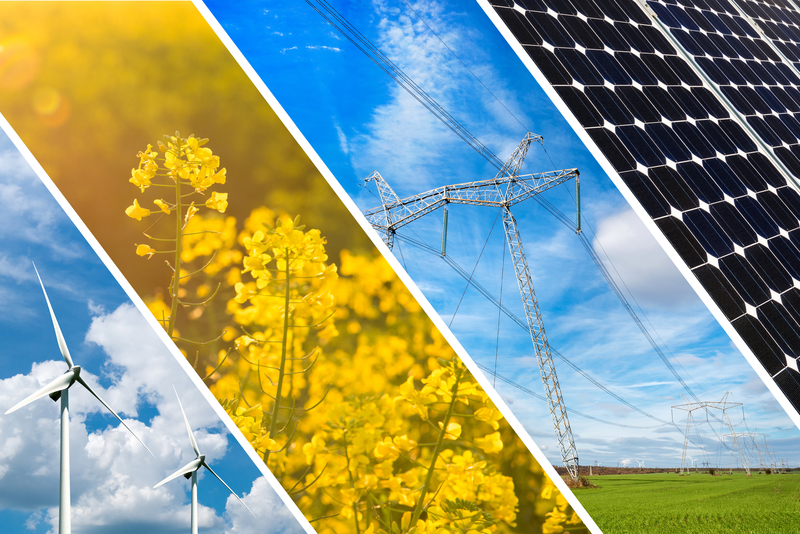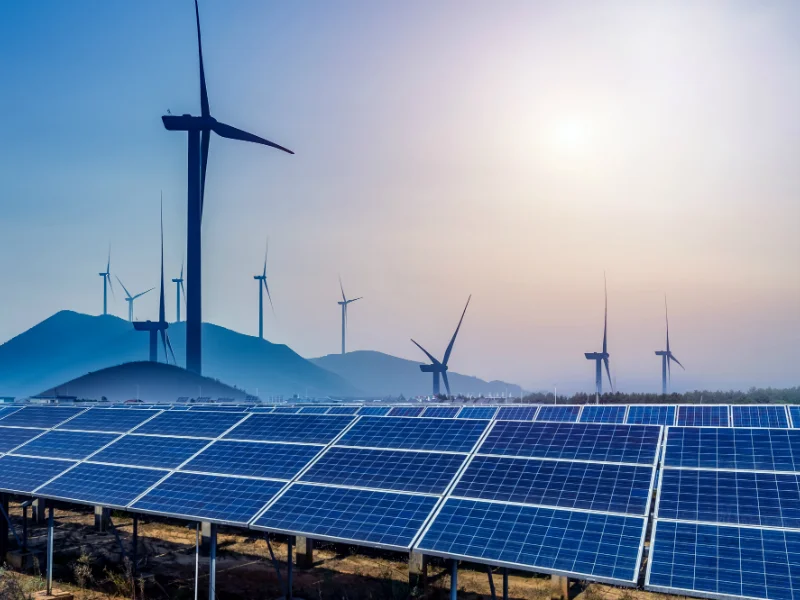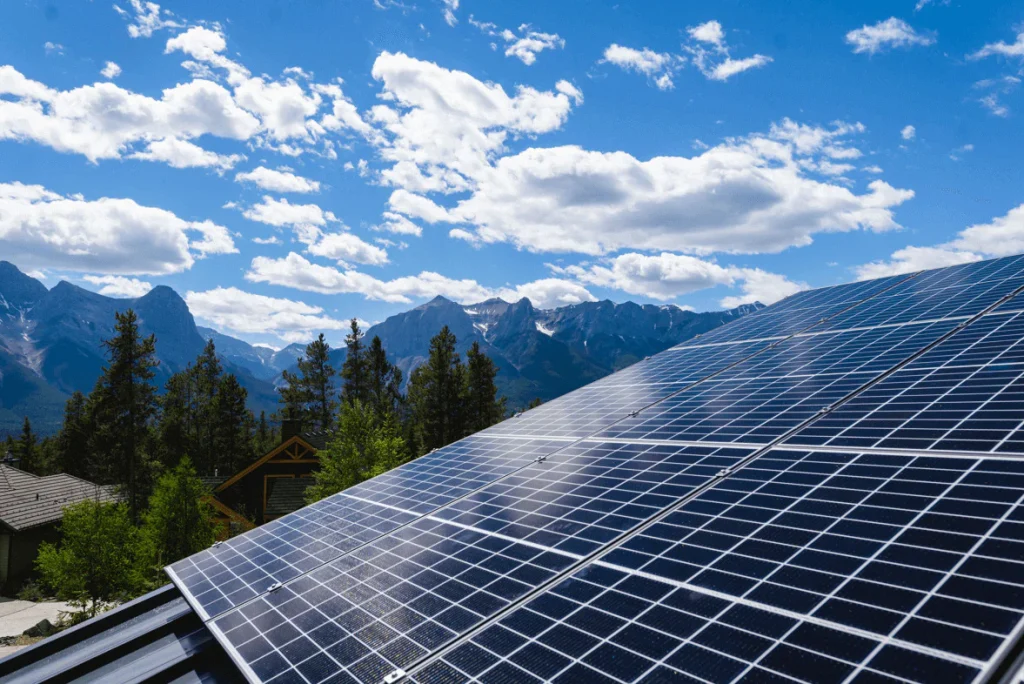Understanding Energy Investment
Investing in energy, particularly in renewable sectors like wind, solar, and hydro, can be both profitable and environmentally responsible. The global shift towards cleaner energy sources presents investors with unique opportunities and challenges. Understanding the energy market dynamics, regulatory landscape, and technological advancements is crucial to making informed investment decisions.
Types of Energy Investments

- Direct Investments in Energy Projects
- Directly funding renewable energy projects allows investors to have a stake in the operation and profit generation of energy facilities with Energy Profit Sense. This can include purchasing equity in solar farms, wind projects, or hydroelectric plants, often through private equity funds or direct partnerships.
- Energy Stocks
- Investing in public companies involved in energy production can be done through purchasing shares of stocks. Major players in renewable energy, such as companies manufacturing wind turbines or solar panels, offer growth as the sector expands.
- Exchange-Traded Funds (ETFs)
- An ETF offers a diversified investment approach by allowing investors to buy shares in a fund that holds a collection of stocks within the renewable energy sector. Energy ETFs can provide a lower-risk route to invest in energy while gaining exposure to various companies.
- Mutual Funds
- Similar to ETFs, mutual funds manage a pool of investment money focused on energy companies. They often aim for long-term growth and can be a good option for risk-averse investors.
- Real Estate Investment Trusts (REITs)
- Energy-focused REITs specialize in owning energy-producing assets. By investing in these trusts, individuals can benefit from dividends and capital appreciation associated with various renewable energy facilities.
- Community Solar Investments
- Community solar initiatives allow investors to buy a share of a solar project and receive credits on their electricity bills. This form of investment is increasingly popular amongst individuals unable to install solar systems on their properties.
Conducting Market Research
Before investing in any energy project, it is vital to perform thorough market research. Understanding market trends, growth forecasts, and competitive landscape helps investors identify the best opportunities.
- Assessing Market Demand
- Evaluating the demand for renewable energy in the target market informs investment decisions. Factors impacting demand include government policies supporting clean energy, consumer behaviour, and regional energy needs.
- Industry Trends and Innovations
- The energy landscape is continually evolving. Staying updated on technological advancements, such as improvements in energy storage and grid efficiency, can guide investors toward promising projects.
- Regional Considerations
- Energy investments can be highly location-dependent. Evaluating regional factors such as climate, resource availability, regulatory environment, and local energy needs will provide insights into potential project viability.
Evaluating Investment Risks
As with any investment, wind energy projects come with inherent risks. Identifying and understanding these risks is essential for minimizing potential losses.
- Regulatory Risks
- Shifts in government incentives, subsidies, and environmental regulations can significantly impact the viability of energy investments. Keeping a close watch on legislative changes is critical to risk management.
- Financial Risks
- Assessing the financial models of any investment project will reveal the associated risks. Understanding cash flows, operational costs, and potential funding sources is essential for a sound investment strategy.
- Market Volatility
- Energy prices fluctuate based on market conditions, influencing the profitability of energy investments. Investors must prepare for potential price swings and evaluate how these may impact their projects.
- Environmental Impact
- While renewable energy is a cleaner alternative, it is not without environmental concerns. Potential negative impacts, such as affecting wildlife migrations or local ecosystems, may lead to public backlash or regulatory constraints.
Long-Term Strategies for Energy Investment

A long-term investment approach in energy can yield substantial benefits while aligning with environmental goals.
- Diversifying Your Portfolio
- Spread your investments across different energy types and geographic regions to mitigate risks. A diverse portfolio can weather market fluctuations better than a concentrated one.
- Sustainability-focused Investments
- Aligning investments with companies that prioritize sustainability can capture growth in the increasing demand for eco-conscious initiatives.
- Partnership with Established Firms
- Collaborating with experienced firms within the energy sector can enhance insight and access to unique opportunities. Partnering with trusted developers or energy companies may reduce investment risk.
- Staying Informed and Agile
- Continuously monitor market trends, technological advancements, and regulatory changes. Being adaptable and responsive to the evolving energy landscape will position investors for success.
Conclusion
Investing in energy, especially in renewable sources, offers significant potential for financial returns and positive environmental impacts. As the world shifts towards sustainable energy, those who stay informed, understand market dynamics, and assess project viability wisely will find rewarding opportunities in the energy investment landscape. By prioritizing research, evaluating risks, and employing long-term strategies, investors can confidently navigate this growing sector and contribute to a sustainable future.
